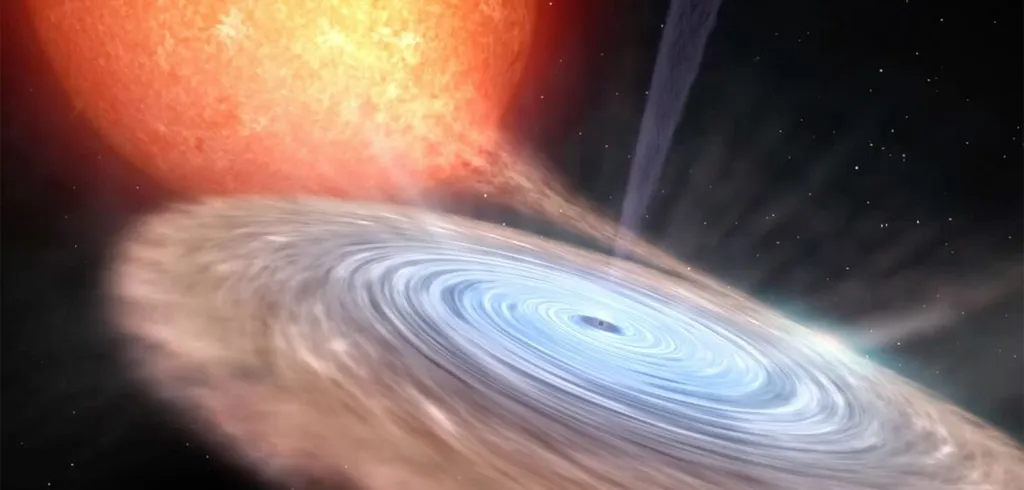In the realm of energy and space exploration, understanding the behavior of celestial bodies is crucial for planning missions and harnessing resources. Researchers like Zachary Murray, affiliated with institutions dedicated to astrophysics and planetary science, are at the forefront of this exploration. Their work provides insights that could influence future energy harvesting technologies and space infrastructure development.
Zachary Murray, a researcher in the field of astrophysics, has recently published a study titled “Numerational Determination of the Gravitational Cross Sections of an Accreting Binary.” This research delves into the dynamics of binary systems, which are pairs of celestial bodies orbiting a common center of mass. Murray’s work focuses on how these binary systems grow by accreting small particles from their surroundings.
The study involves complex numerical simulations, each tracking the behavior of 10 million test particles. These simulations help determine the gravitational cross sections of each member of a binary system. The cross section is a measure of the effective area that a celestial body presents to incoming particles, influencing how much material it can accrete over time.
Murray’s findings reveal that the gravitational cross sections of binary systems can be either diminished or enhanced depending on the orbital configuration. This behavior is complex and depends on factors such as the separation between the two bodies and their mass ratio. In scenarios where gravitational focusing dominates the accretion process, the study shows that binaries tend to grow towards smaller mass ratios than would be expected if each body were considered in isolation.
One of the practical applications of this research for the energy sector lies in the field of space resource utilization. As humanity looks to exploit the resources of asteroids and other small celestial bodies, understanding how these bodies grow and interact with their environment is crucial. This knowledge can inform the development of technologies for in-situ resource utilization, such as mining asteroids for valuable materials that can be used to support space missions or even returned to Earth.
Furthermore, the study provides a grid of gravitational cross sections for binary systems, which can be used in future research to model the growth and evolution of these systems more accurately. This could have implications for understanding the formation and dynamics of binary asteroids, which are increasingly being considered as targets for exploration and resource extraction.
The research was published in a peer-reviewed journal, ensuring that the findings have been rigorously reviewed by experts in the field. This adds credibility to the study and highlights its potential impact on both scientific understanding and practical applications in the energy and space exploration sectors.
This article is based on research available at arXiv.

